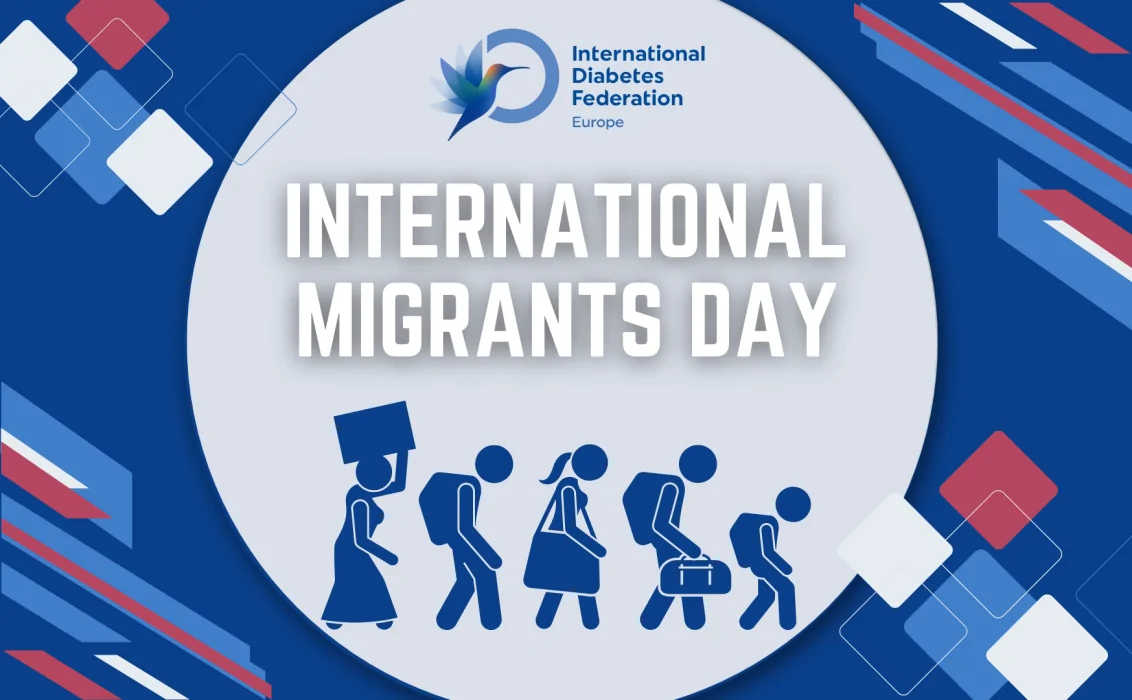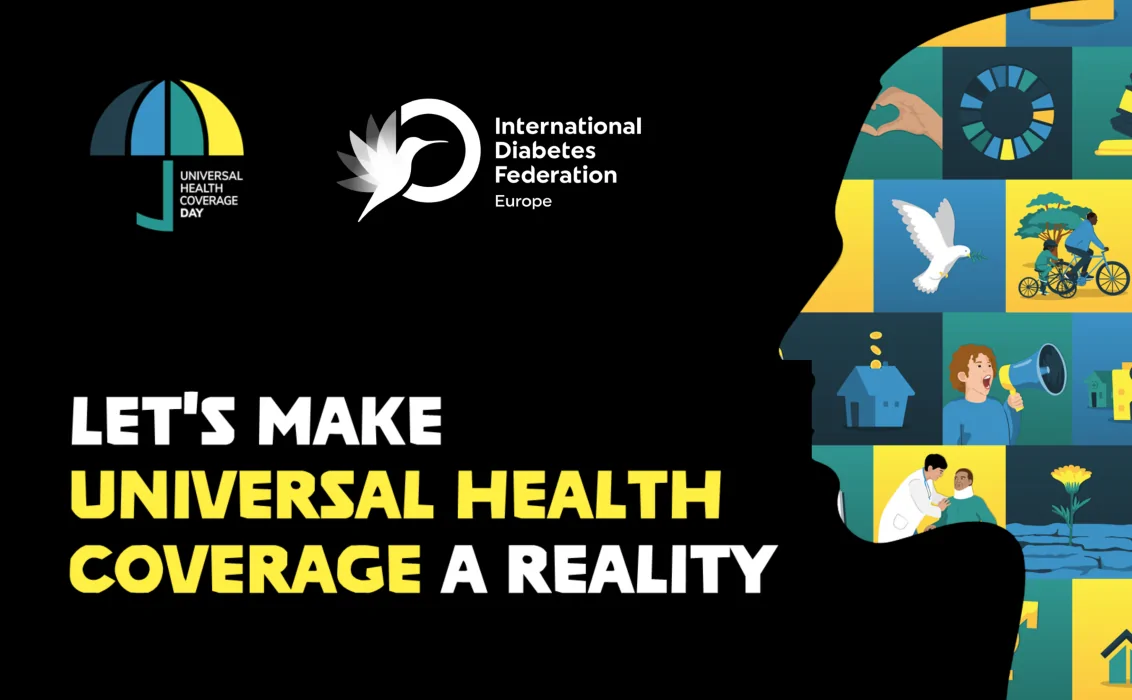World Obesity Day
Our future does not look slimmer
Earlier this year, the World Health Organisation Europe launched a new report “Adolescent obesity and related behaviours: trends and inequalities in the WHO European Region, 2002–2014”. The report confirms that the number of obese adolescents is continuing to rise in many countries across the Region. Levels are increasing particularly in eastern European countries, are very high in the vast majority of countries, and are especially high in countries of southern Europe. This trend is also visible in the adult population.
High prevalence of overweight and obesity has serious health consequences. Raised Body Mass Index (BMI) is a major risk factor for diseases such as cardiovascular disease, type 2 diabetes and many cancers. It is estimated that overweight and obesity account for 65% to 80% of the increase in the prevalence of type 2 diabetes.

On World Obesity Day, we spoke to Nathalie Farpour-Lambert, a paediatrician specialized in childhood obesity, sports medicine as well as global health policy and President-Elect of the European Association for the Study of Obesity (EASO).
Nathalie, the data on childhood obesity produced by WHO Europe are alarming. How did we reach this situation?
Unfortunately, there is not one simple answer, so not one simple solution. The cause of childhood obesity, which is the consequence of an imbalance between energy intake and energy expenditure, is multifactorial; genetic predispositions for obesity affecting biological mechanisms, culturally associated behaviours, such as diet, physical activity and body image, and the environmental context including socioeconomic status and the environment. An obesogenic environment comprises factors that support children being obese, for example unsafe walking or cycling paths; reduced physical education at school; access to television, computers and smartphones; food technological changes in food production that reduced the time-cost of consuming calories; the evolution of food prices which incentivize people to consume more calorie-rich and unhealthy food; or marketing of junk food for children.
These factors contribute to the worldwide development of childhood obesity, especially in children under 5 years old, and results in massive societal and economic costs.
This is indeed complex. What are the potential consequences for these children when they become adults?
It has been shown that childhood obesity has a strong association with adult mortality and morbidity. The length of exposure to obesity is also associated with the risk of developing related co-morbidities over time, in particular non-communicable chronic diseases (NCDs), such as type 2 diabetes. childhood obesity has a strong tendency to track into adulthood, most of obese children and adolescents will become obese adults and will have a significant lifelong exposure.
The data on type 2 diabetes you produce are impressive. 60 million people have diabetes, mostly type 2 and 32 million are already at high risk of developing it because of overweight and obesity. And if you take the data from the WHO Europe, our future does not look slimmer: one in three 11-year olds is overweight or obese in Europe and two thirds of adolescents are insufficiently active, leading to overweight and obesity.
Childhood is therefore a unique window of opportunity to have a lifetime impact on health, quality of life and prevention of disabilities.
IDF Europe is part of an EU funded consortium Feel4diabetes, which aims to develop, implement and evaluate an evidence based and potentially cost effective and scalable intervention programme to prevent type 2 diabetes primarily focusing and families and vulnerable groups. As a paediatrician specialized in childhood obesity, what is, according to you, the role of the family to prevent obesity and its complications such as diabetes?
Parents play an essential role for the physical and emotional development of their children. They provide role model, determine the family environment and habits, and support child behaviour changes. Therefore, family-based multidisciplinary programs are considered the gold standard treatment for childhood obesity. The aim is to modify the shared family environment and promote healthy behaviours in order to prevent further increases in obesity and to reduce as much as possible the risk of related ill health. The treatment of childhood obesity can involve a wide range of professional services including family counselling, behaviour modification, sports and activity training, nutrition and dietetics and, where necessary, pharmaceutical and surgical interventions.
If I follow you correctly, the answer can not only be individual and require a team work. What should be the role of the society and its representative institutions?
You are totally right. Achievement of meaningful impacts on childhood obesity requires more than single interventions, such as taxing sodas or traffic light food labelling. Although individual-level changes are a necessary component of obesity prevention and treatment, they are only one part of a whole system response, and must be supported by upstream actions that focus on promoting healthier physical, economic and social environments. Prevention of child obesity involves the child, the family, the school, the health services, the industries, the community and society at large. A child’s environment contains many inducements that encourage weight gain, and the child cannot be expected to resist these alone. Healthier choices need to be easy ones for a child to make, and need to be fully supported by all those responsible for children’s health. Where necessary, regulations must be applied to ensure that children are not induced to make choices which could damage their health. As the world urban population is continuously rising, cities can provide a healthy environment and contribute to obesity and type 2 diabetes prevention.
The EASO Childhood Obesity Task Force (COTF) is convinced that considering obesity as a chronic disease is a crucial step for increasing individual and societal awareness, enhance the development of novel preventive interventions and health policies, and improve the care of children with obesity worldwide. Treating obesity early prior to the appearance of co-morbidities, may prevent its escalation into significant clinical and psychosocial problems such as type 2 diabetes. Healthcare systems should therefore be adapted, costs of treatment should be covered, and professionals should be trained.



